The extraordinary Egyptian-style Leeds landmark hoping to become a second British Library — and they used to let sheep graze on the roof
The project has been awarded £10million from the Government, but will cost £70million in total.
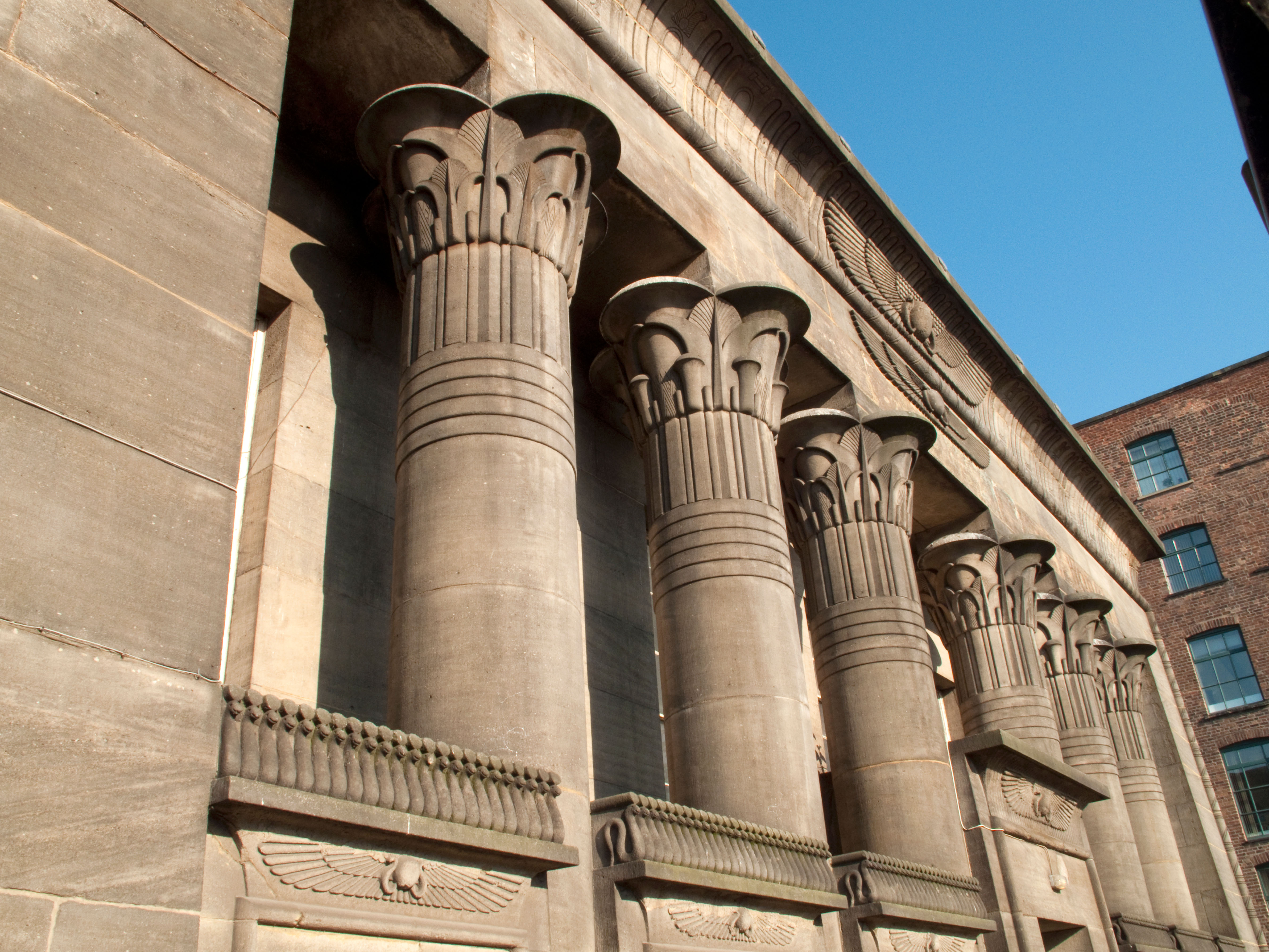

A project to convert an extraordinary Egyptian-style Victorian mill in Leeds into the northern outpost of the British Library has been awarded £10 million from the Government. The total cost of the conversion is estimated at £70 million and, although the scheme received £1 million from Historic England in 2022 to make the landmark watertight, there is some way to go.
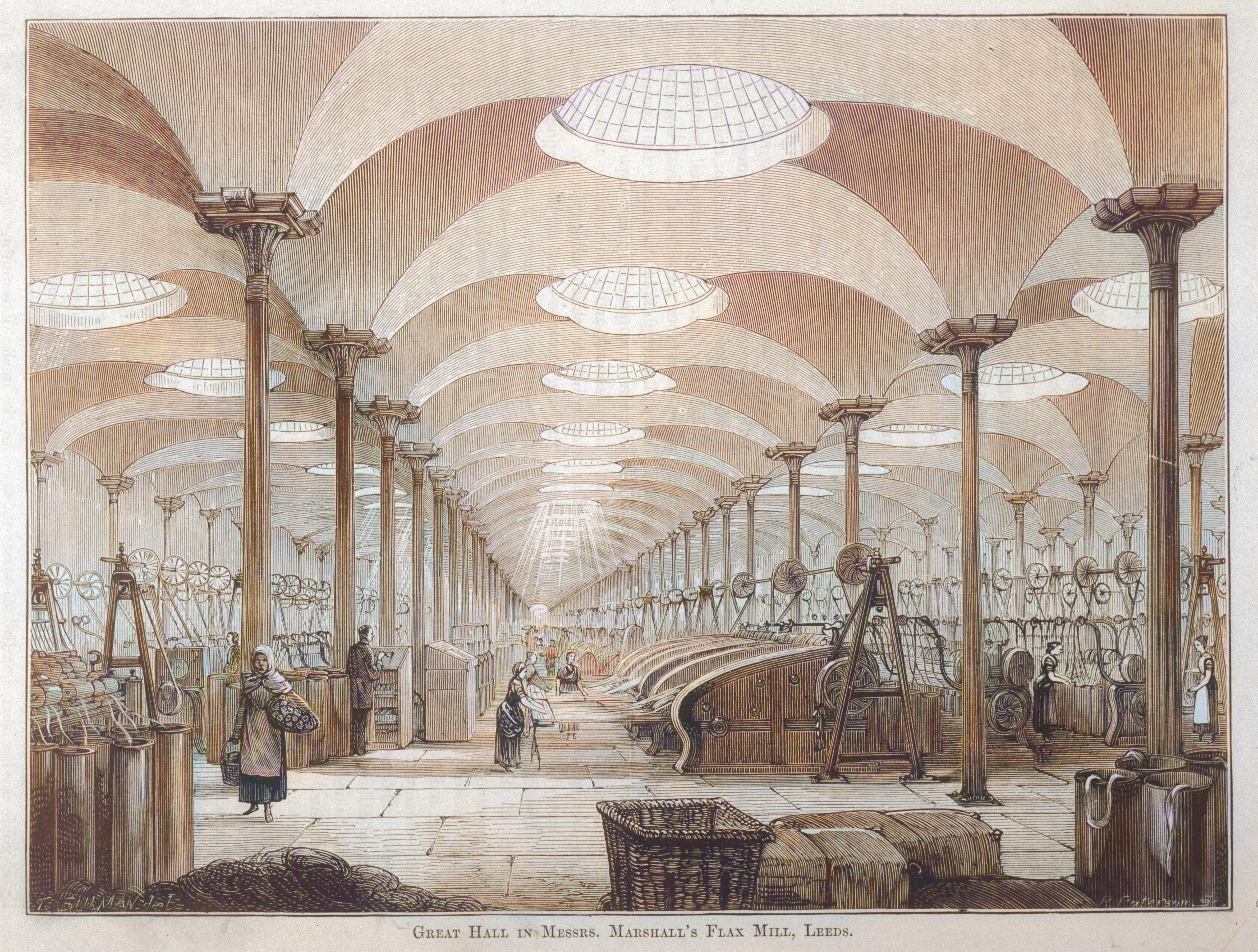
A Grade I-listed former flax-spinning mill, Temple Works has been empty for 20 years. It was built in 1838–40 for John Marshall by architect Joseph Bonomi and engineer James Coombe, inspired by the Temple of Edfu. Unlike its Egyptian counterpart, it was famous for its flat roof covered in grass, which maintained humidity in the building (preventing linen thread from snapping) and notoriously allowed the owners to graze sheep. They reached the roof via the world’s first hydraulic lift and, apparently, visitors flocked from far and wide to see the spectacle. With two front bays collapsed, Temple Works has been on the Buildings at Risk Register since 2008.
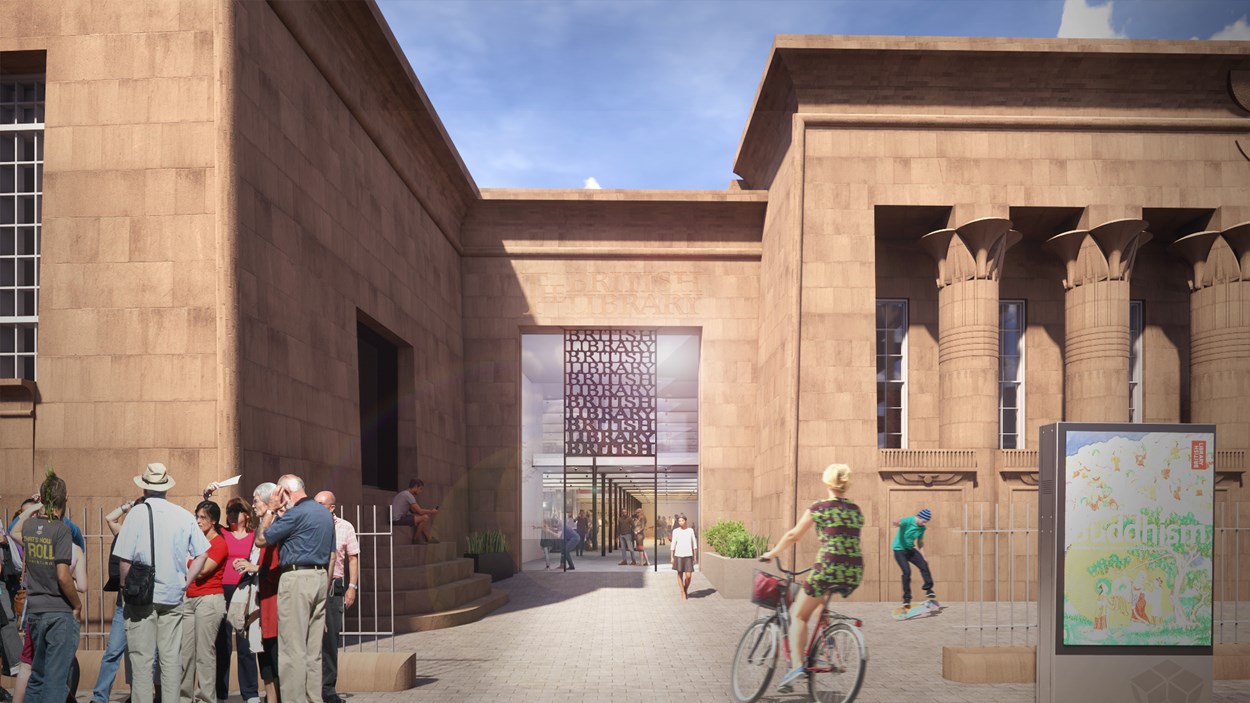
An artist's impression of what Temple Works could like after renovation works
‘We have worked hard in recent months with partners, including the West Yorkshire Combined Authority, Homes England and the British Library itself, to make the case for this funding,’ says councillor James Lewis, leader of Leeds City Council. He adds that the next job is to create ‘detailed plans for the full funding, design and development of a project that remains a complex and challenging undertaking, but one that offers a major regeneration opportunity’.
Leeds Civic Trust director Martin Hamilton calls the building’s British Library North regeneration ‘hugely important’, particularly for its impact on local communities. There are more than 230 vacant and under-used mills in Yorkshire, according to a recent Historic England report.
Exquisite houses, the beauty of Nature, and how to get the most from your life, straight to your inbox.
Annunciata is director of contemporary art gallery TIN MAN ART and an award-winning journalist specialising in art, culture and property. Previously, she was Country Life’s News & Property Editor. Before that, she worked at The Sunday Times Travel Magazine, researched for a historical biographer and co-founded a literary, art and music festival in Oxfordshire. Lancashire-born, she lives in Hampshire with a husband, two daughters and a mischievous pug.
-
 The King, The Queen, David Beckham and me: Paula Minchin on Country Life's best guest edits
The King, The Queen, David Beckham and me: Paula Minchin on Country Life's best guest editsCountry Life's Paula Lester talks about the magazine's high-profile guest edits on the Country Life Podcast.
-
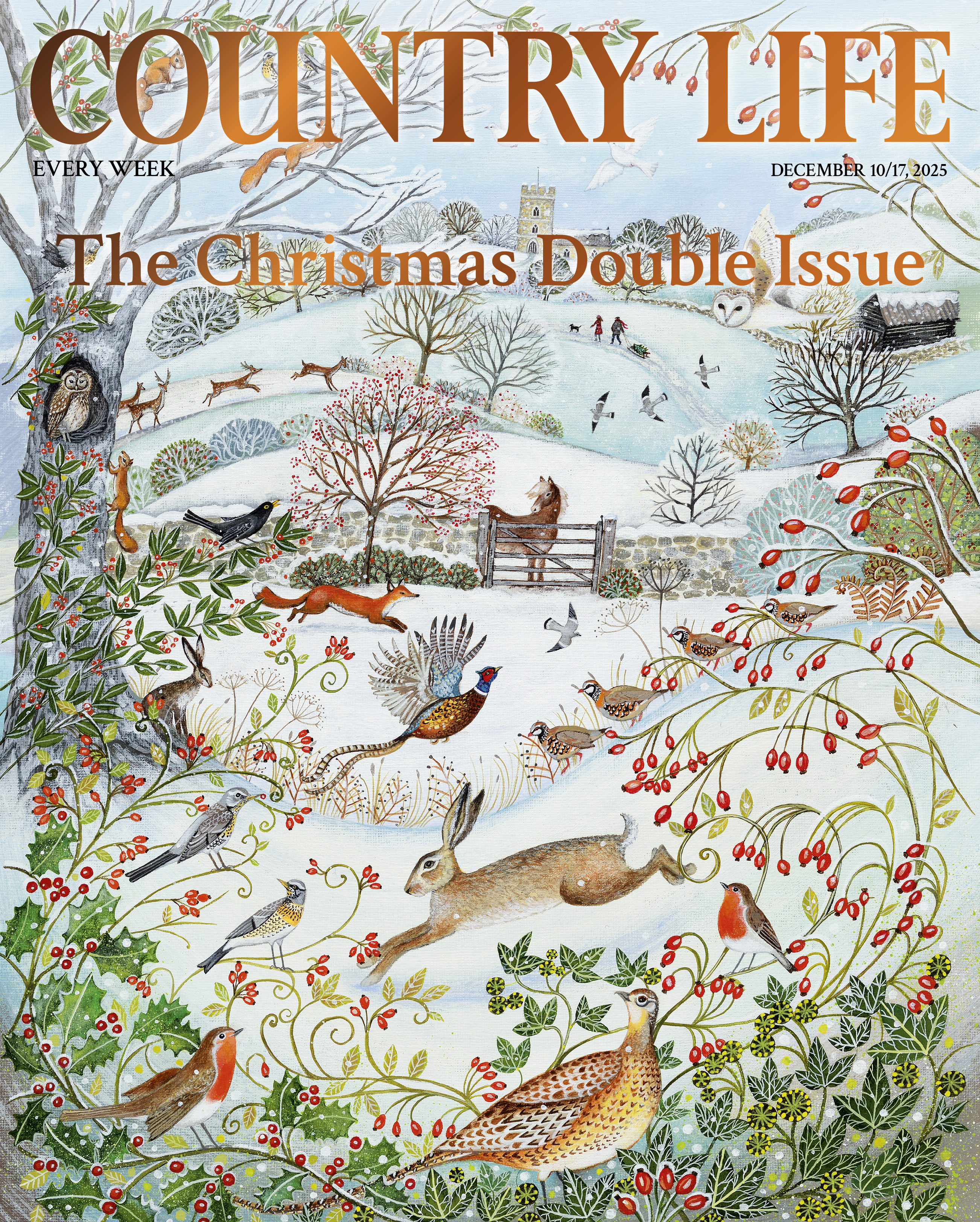 Country Life December 10, 2025
Country Life December 10, 2025Country Life December 10, 2025 is our much loved Christmas Double issue, with 254 pages of seasonal joy.
-
 Sweet civilisation: What do you get when you ask architects to compete in a gingerbread competition?
Sweet civilisation: What do you get when you ask architects to compete in a gingerbread competition?The Gingerbread City is back in London’s Kings Cross. Lotte Brundle pays it a visit.
-
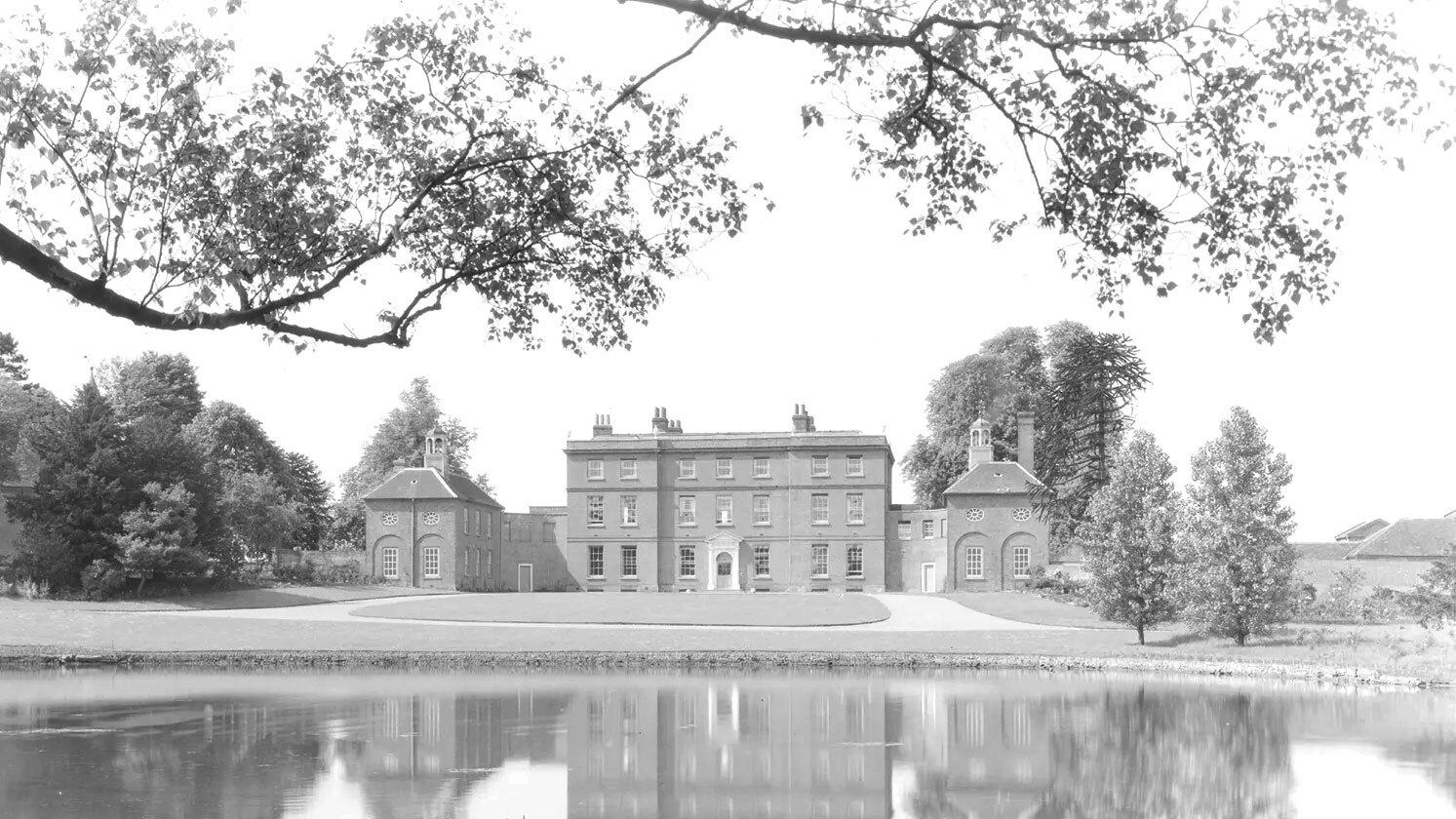 This Grade I Essex home was renovated by a Guinness and a notorious American diarist and photographed by Country Life — now it's a firm favourite with the fashion set
This Grade I Essex home was renovated by a Guinness and a notorious American diarist and photographed by Country Life — now it's a firm favourite with the fashion setKelvedon Hall was saved from demolition by Lady Honor Guinness and Henry 'Chips' Channon. Now it is the star of a Church's Christmas campaign.
-
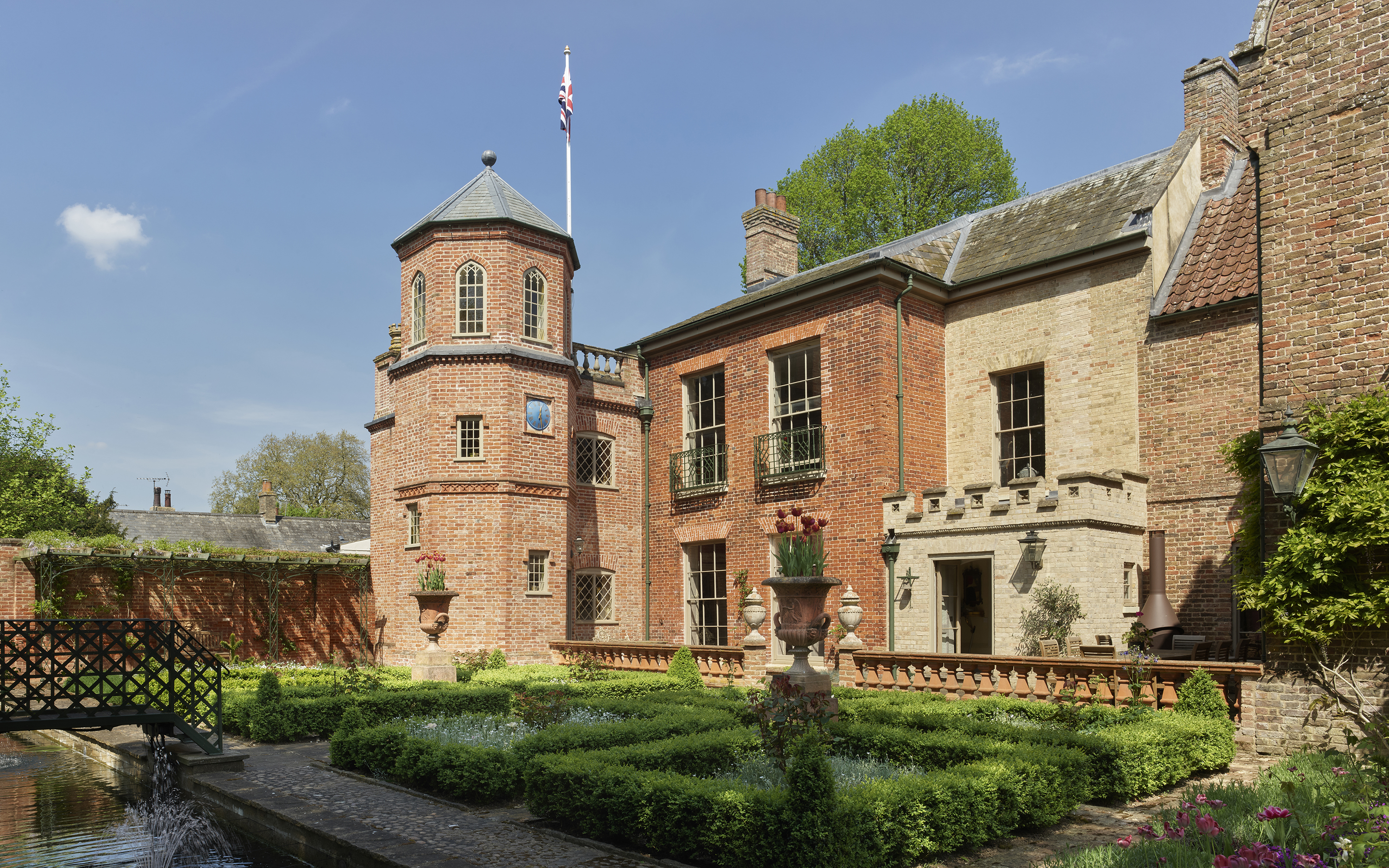 Northwold Manor: 'A place of delight once more after half a century of chaos and neglect'
Northwold Manor: 'A place of delight once more after half a century of chaos and neglect'A heroic restoration project has transformed Northwold Manor in Norfolk — home of Professor Warwick Rodwell and Ms Diane Gibbs — after more than 50 years of being left neglected. It has also illuminated its remarkable history, as John Goodall explains; photography by Paul Highnam for Country Life.
-
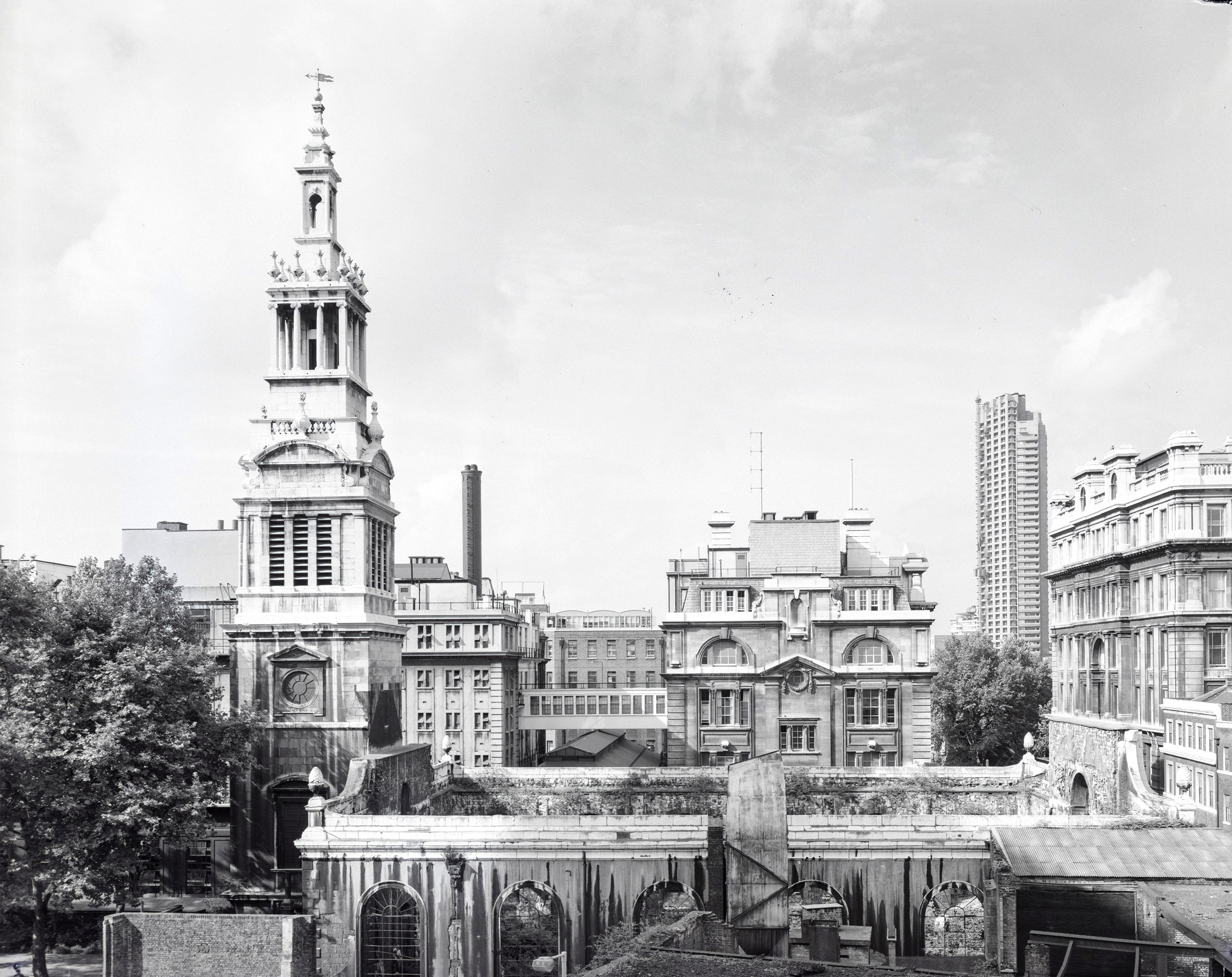 53 years ago, a Wren masterpiece was replaced with a glorified roundabout. We must not make the same mistake again
53 years ago, a Wren masterpiece was replaced with a glorified roundabout. We must not make the same mistake againThe plans to rid Christ Church Newgate Street of traffic should be cause for celebration — but a mistake as bad as the one made in the 1970s is about to happen, says Ptolemy Dean.
-
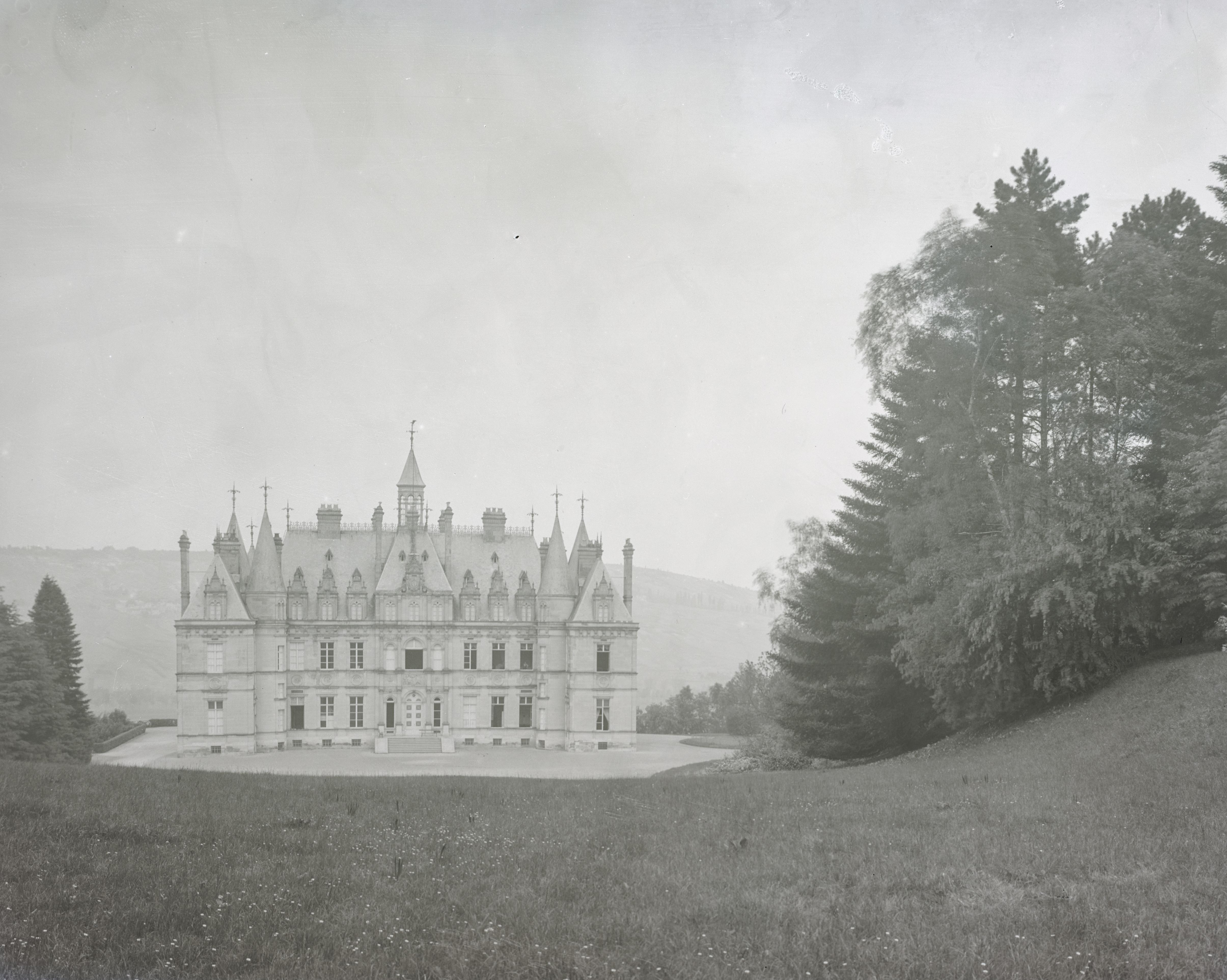 Ten of the most exquisite French châteaux, photographed for Country Life in 1906 and still standing today
Ten of the most exquisite French châteaux, photographed for Country Life in 1906 and still standing todayIn the early 20th century, Country Life commissioned Frederick H. Evans to photograph some of France's châteaux. Here are some of his efforts.
-
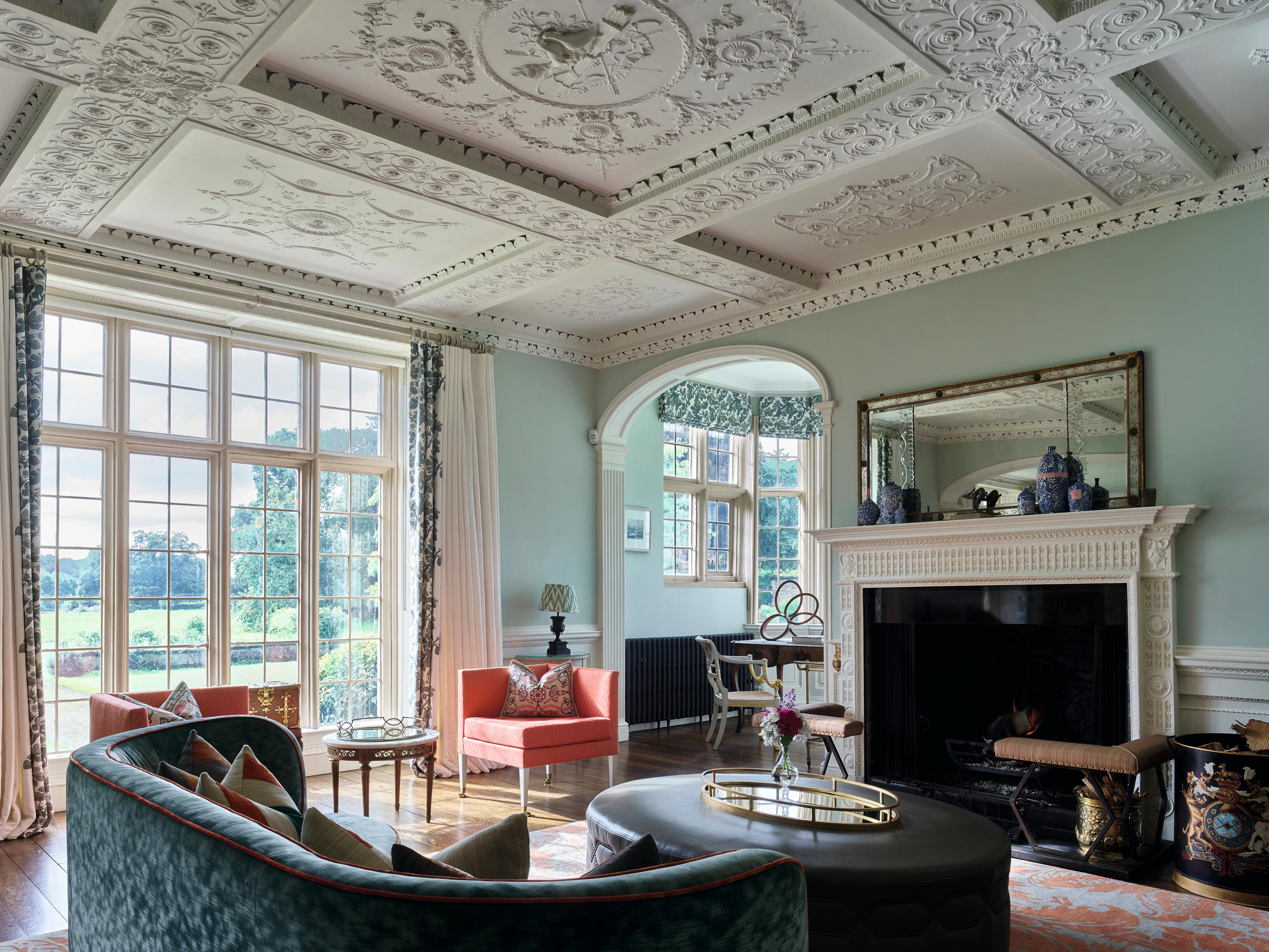 War, ruin and renaissance: Dorfold Hall's 400-year journey through the ages
War, ruin and renaissance: Dorfold Hall's 400-year journey through the agesJohn Goodall describes the antiquarian rediscovery of Dorfold Hall, Cheshire — home of Charles and Dr Candice Roundell — and the recent spectacular renewal of this important Jacobean house. Photographs by Paul Highnam for the Country Life Photo Library.
-
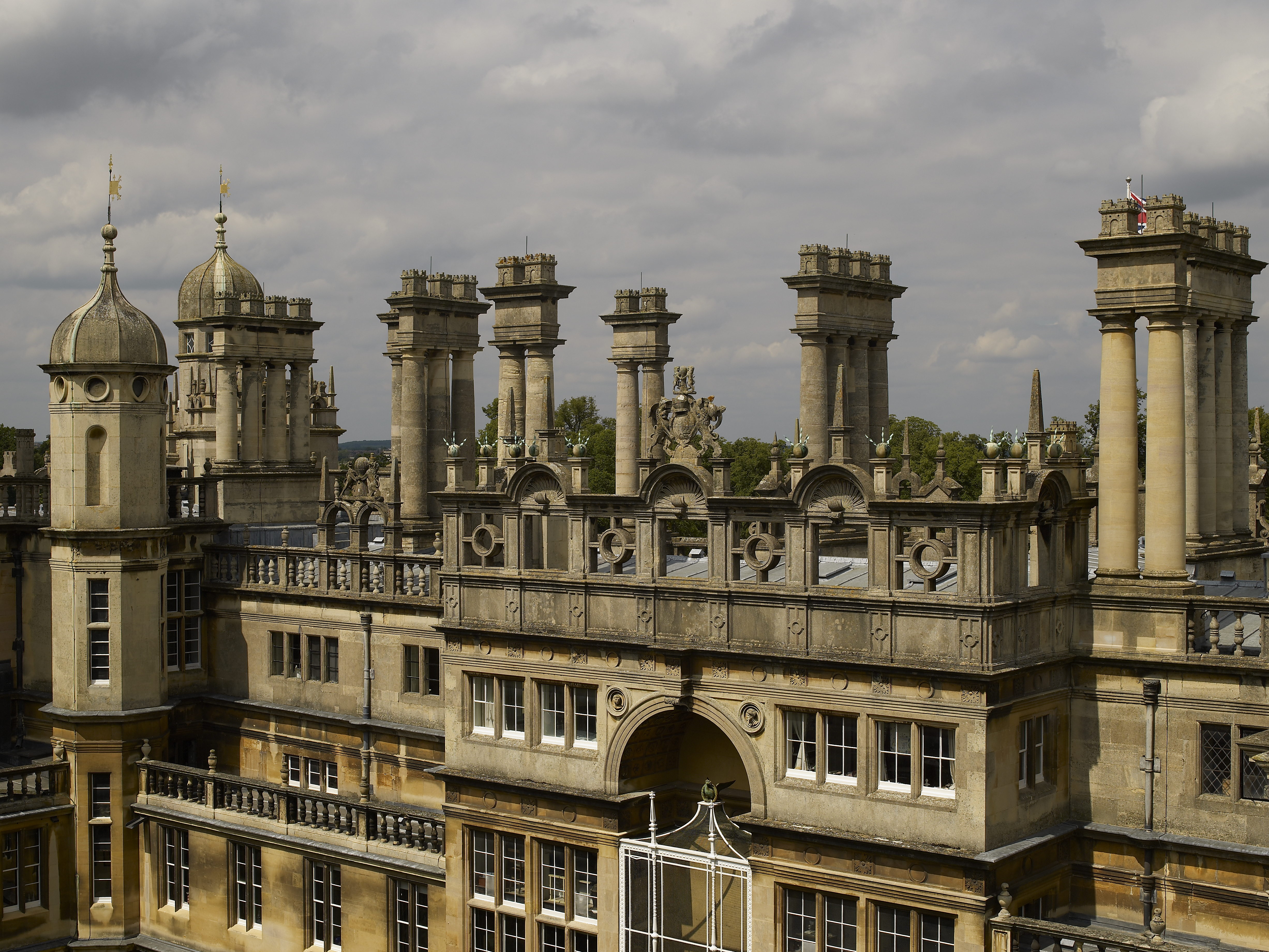 All fired up: 12 of our favourite chimneys, from grand architectural statements to modest brick stacks, as seen in Country Life
All fired up: 12 of our favourite chimneys, from grand architectural statements to modest brick stacks, as seen in Country LifeNothing says winter like a roaring fire, and plenty of the houses that we've photographed for the magazine's architectural places have fireplaces and chimneys worth boasting about.
-
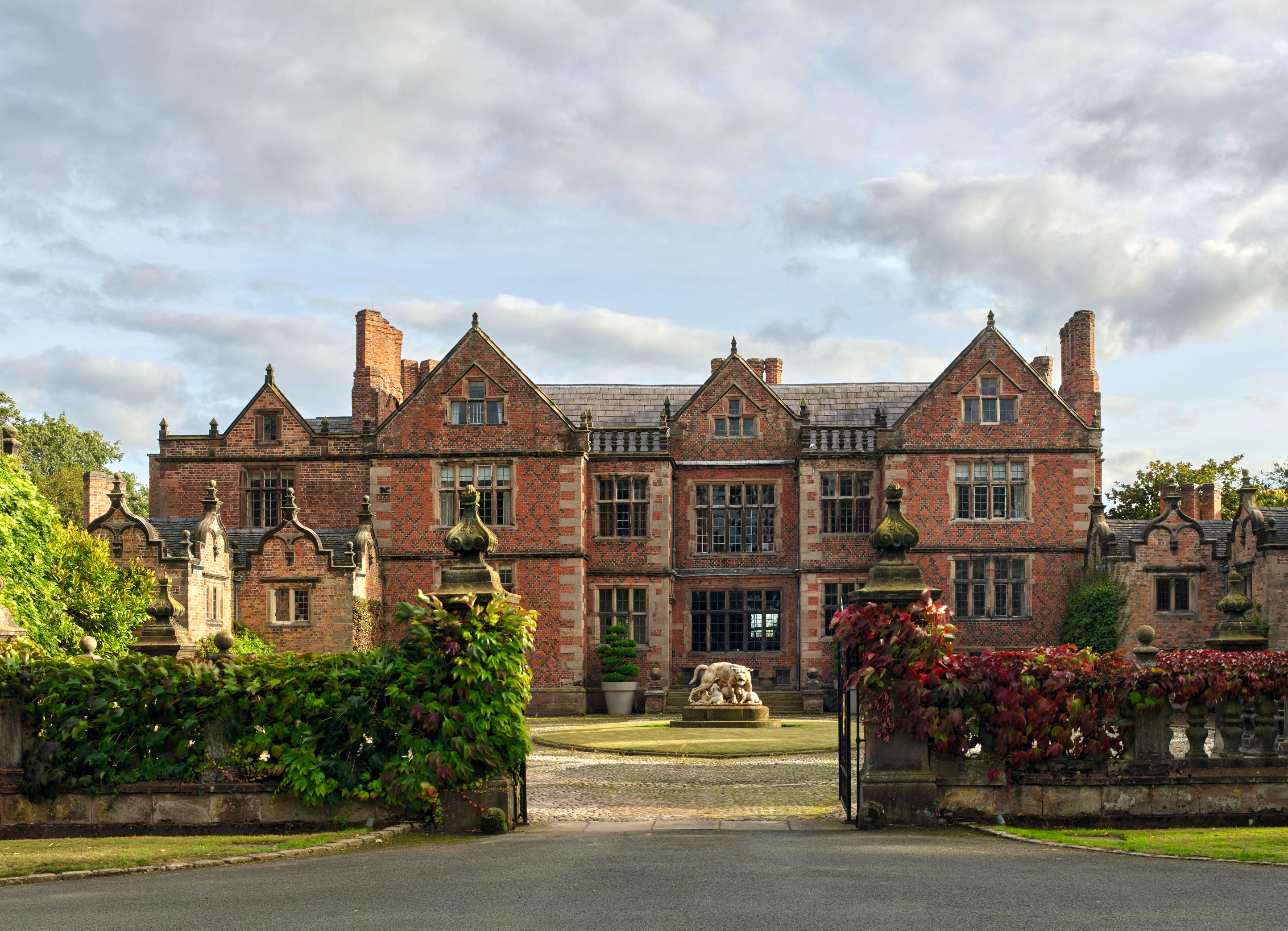 Dorfold Hall: The 'most neat and beautiful house of brick' that owes its existence to a desperate effort to secure succession
Dorfold Hall: The 'most neat and beautiful house of brick' that owes its existence to a desperate effort to secure successionDorfold Hall in Cheshire is an outstanding Jacobean house, but was an unexpected product of dynastic disappointment. John Goodall examines the remarkable circumstances of its construction; photographs by Paul Highnam for Country Life.
